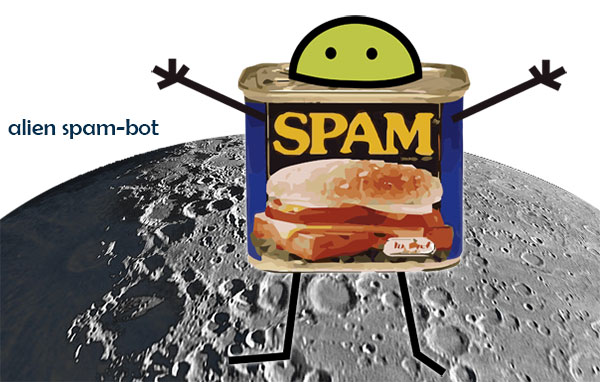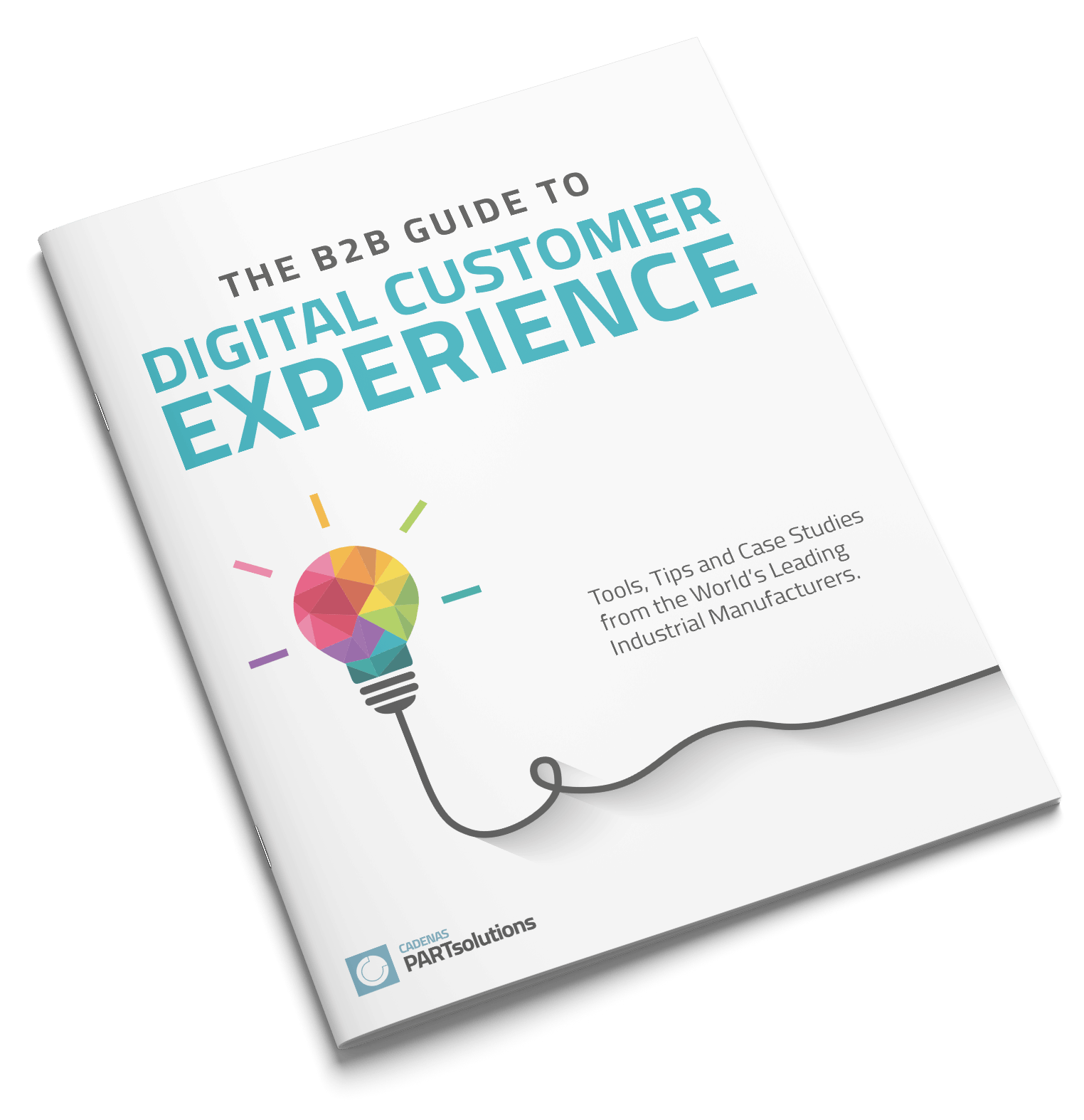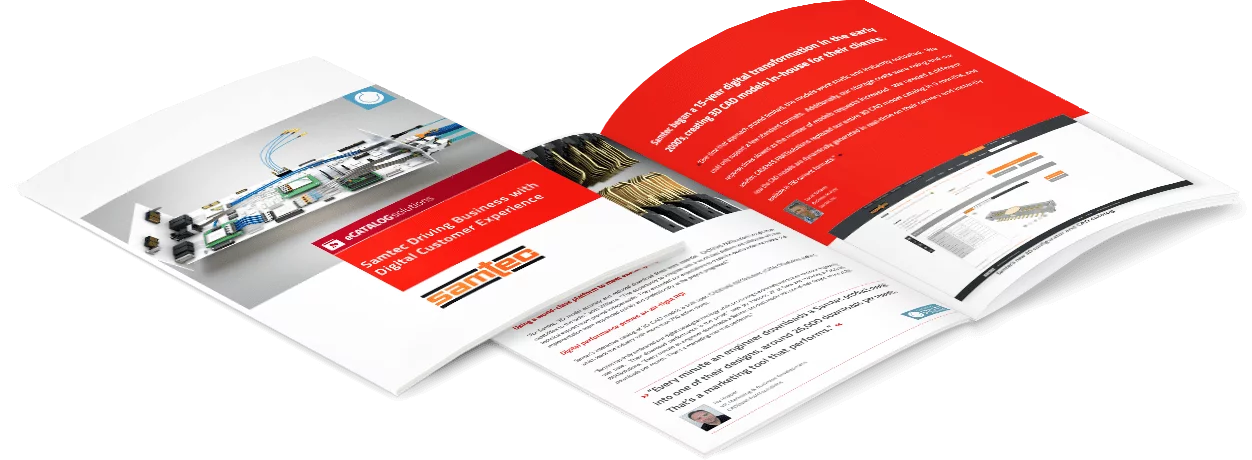SEO for Industrial Manufacturers PART 4: On Page-SEO
You can see with a little practice and some patience, the on-page SEO is both manageable and fun (well kinda).
Now that the dreaded HTML code from PART 3 is behind us, we can move on to the creative, and honestly, more fun aspects of SEO. With “on-page” SEO we now take a look at the elements of the web page which can be seen by your site’s visitors. This makes it much more critical, you don’t want to over-do it. If you put the keyword in the page too many times people will be turned off, and Google will think you’re and alien spambot. This won’t only make people think your writing is weird, but it will also get your page on the Google black-list (remember keyword cramming – don’t do it). A rule of thumb is 2-3% keyword density – that is 2 or 3 mentions for every 100 words.

I use five basic elements for every web page, making sure I integrate the keyword into each component, or else I won’t get the SEO score I need. Feel free to check out our past posts to see if you can figure out my target keyword. It will be pretty obvious after this post.
5 Components of On-Page SEO: SEO for industrial manufacturers
1) URL – Back in the day everyone went for the easy, simple and short names for their web pages ex: “whateversite.com/project123.html” or “anysite.com/about_us.htm” this method gives absolutely no benefit because it doesn’t help Google figure out the page’s relevance. The URL is the first component Google will see. My target keyword for this page is “SEO for industrial manufacturers” so I will actually use that in the URL, separating each word with an underscore (websites don’t like empty spaces in addresses and stuff) – look at the address bar to see.
2) Headline – If the URL is the first thing the search engine sees, then the headline is the first thing a human visitor sees. It’s also Google’s first check to make sure the page URL matches the content for relevance. Use your keyword in the headline and as close to the beginning as possible. Depending on your web platform this may need to be set to “Headline” or bookended with “H1” tags. If you’re in WordPress than this is what you’ll put into the “Title” section at the top of a post, do this correctly and you’ll get your URL generated at the same time. Target keyword is “SEO for industrial Manufacturers,” so my headline is “SEO for industrial Manufacturers PART4: On Page SEO.” Pretty easy huh?
3) Headings – This is on the same principal as the headline/title, it builds emphasis for what the post is about. If you have sub-headings or sections of the article work the keyword in there also. Hint-hint, I did it again: look above at the subhead above “5 Components of On-Page SEO: SEO for industrial manufacturers.”
4) Text – This is where keyword density, and the “art” of SEO for industrial manufacturers comes into play. You want the target keyword to be 2-3% of the total words in the article. You can write the article normally and add the keyword where it makes sense later, or you can keep it in mind and use it often. It feels a little silly at first, stating your keyword so repetitively and speaking as though your audience doesn’t know what you are talking about. You have to get over that. Google has no idea about anything you may be thinking or implying, so you have to assume they are the most important reader. State the obvious, use the keywords and explain things as though you are speaking to a novice audience. No innuendo, implications, pseudonyms, nicknames or abbreviations. Use the words and state the obvious (but don’t be an alien spam-bot).
SEO for industrial manufacturers secret: Google sees bold and italics with the same emphasis as humans do. So add bold or italicize your keyword to add strength to a statement.
5) Images – This is probably the most ignored aspect of SEO and it’s one of the easiest ways to really add some “umph” to a post. Many content creators see them just as images, and not a beneficial tool to add SEO relevance, but they‘re just as powerful as any other component. First, name the image with your keyword in mind (or rename it before uploading to your site). If I had a picture of a robot for this post I would call it ”SEO_for_industrial_manufacturers_robot.jpg” where the keyword is the basis of the image name and the last part is your reference. Images also have “ALT text” which displays when browsers don’t automatically download images – it is very important to describe the image and use the keyword while doing so. I do the same for the image “description,” I actually use the same text for both alt and description.
You can see with a little practice and some patience, the on-page SEO is both manageable and fun (well kinda). Check back for the next sections on link building, SEO for PR, Social Media and Infographics.
Previous Posts:
Part 1: Introduction to a Keyword Strategy
Part 2: Keyword Research and Selection
Part 3: Coded SEO
Get the Free eBook
See how the world’s top manufacturers sell more products. Learn how you can provide your customers with an exceptional digital customer experience.
Adam Beck
Latest posts by Adam Beck (see all)
- 2025 Industrial Marketing Summit Announced for February 26-28 in Austin, TX - May 31, 2024
- Engineering the World’s Longest Solar Eclipse - April 9, 2024
- How AR CAD Models and Apple Vision are Helping Engineers Become Tony Stark - March 12, 2024


